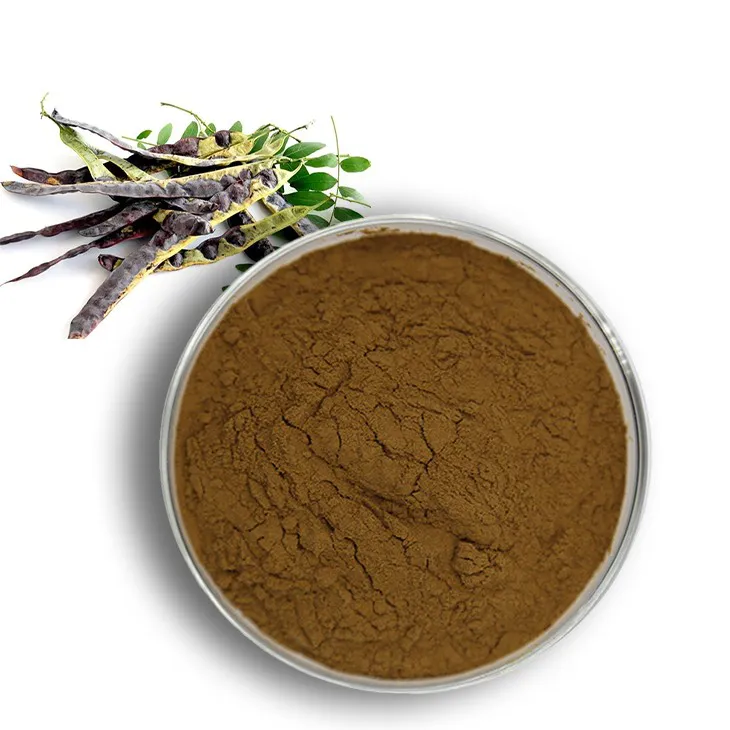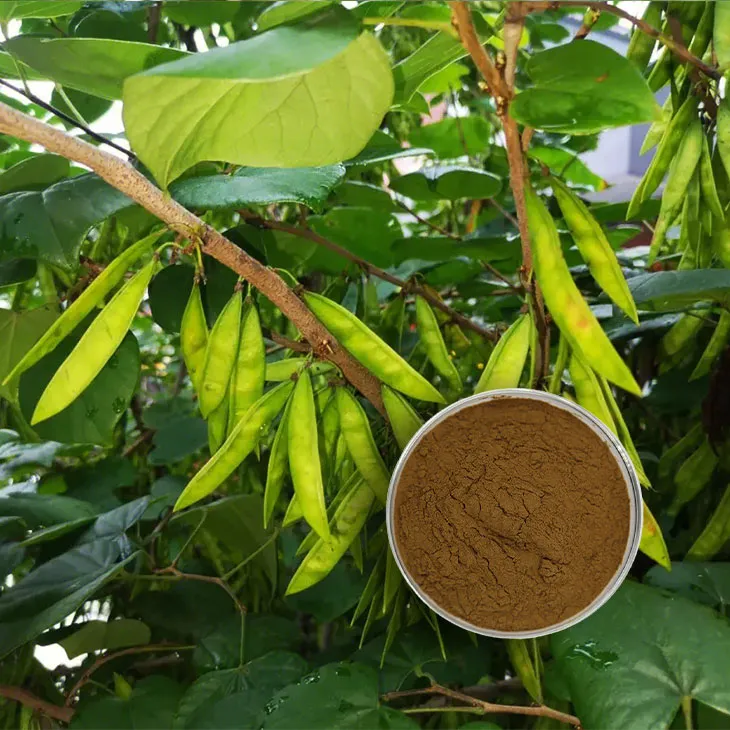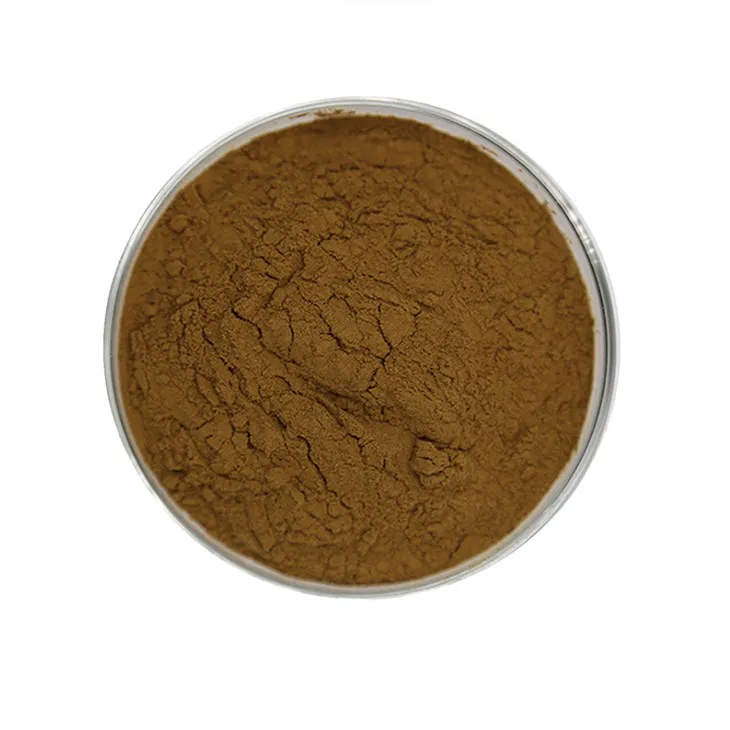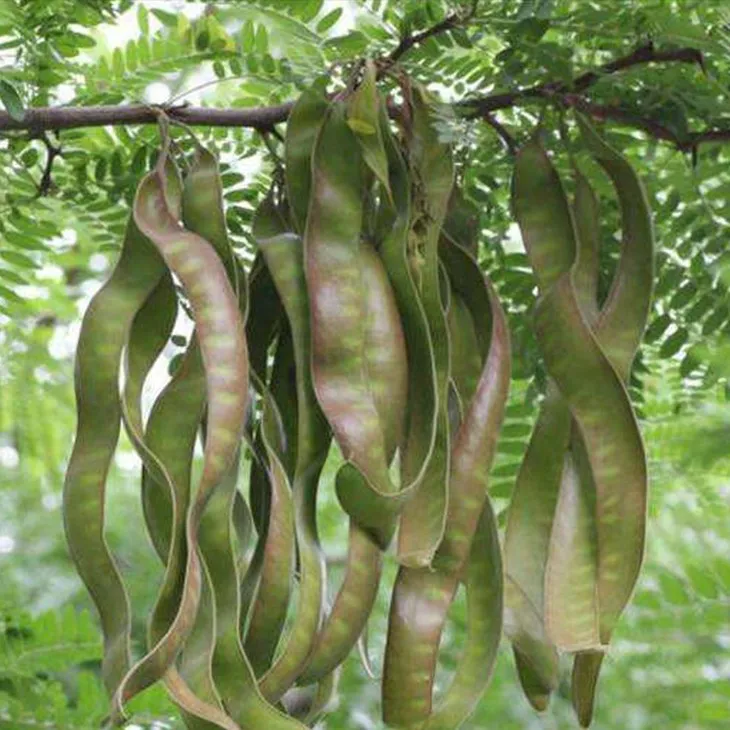- 0086-571-85302990
- sales@greenskybio.com
How to Extract Saponin Extracts by Steam Distillation.
2024-11-29

1. Introduction to Saponins
Saponins are a large and diverse group of natural compounds that are widely distributed in the plant kingdom. They are characterized by their ability to form a soapy lather when shaken with water, which is due to their amphiphilic nature. Saponins possess a wide range of biological activities, such as anti - inflammatory, antioxidant, antimicrobial, and immunomodulatory properties. Due to these valuable properties, saponins have attracted significant attention in the fields of medicine, cosmetics, and food industries.

2. Equipment Required for Steam Distillation
2.1 Boilers
The boiler is a crucial component in the steam distillation process. It is responsible for generating the steam that will be used to extract the Saponin Extracts. There are different types of boilers available, such as electric boilers and gas - fired boilers. Electric boilers are often preferred in laboratory settings due to their ease of use and precise temperature control. They can heat water to the desired temperature to produce steam. Gas - fired boilers, on the other hand, are more commonly used in industrial - scale operations as they can generate larger volumes of steam more efficiently.
2.2 Condensers
The condenser is another essential piece of equipment. Its main function is to cool down the steam that has passed through the sample containing saponins, causing it to condense back into a liquid. There are two main types of condensers: water - cooled condensers and air - cooled condensers. Water - cooled condensers are highly efficient as they use a continuous flow of cold water to cool the steam. However, they require a water source and proper plumbing arrangements. Air - cooled condensers are more suitable for smaller - scale operations or in situations where a water source is not readily available. They rely on air circulation to cool the steam, although they may not be as efficient as water - cooled condensers.

3. Steps of the Steam Distillation Process
3.1 Sample Preparation
- First, select the appropriate plant material containing saponins. The choice of plant material depends on the type of saponin desired. For example, if one is interested in extracting saponins from ginseng, then high - quality ginseng roots should be obtained.
- Once the plant material is selected, it needs to be dried properly. Drying can be done either in the sun or in a drying oven at a low temperature. This helps to remove moisture from the plant material, which can interfere with the extraction process.
- After drying, the plant material should be ground into a fine powder. This increases the surface area of the sample, allowing for better interaction with the steam during the distillation process.
3.2 Heating
- Place the powdered plant sample in a suitable distillation flask. The flask should be made of heat - resistant glass, such as borosilicate glass, to withstand the high temperatures during the heating process.
- Connect the distillation flask to the boiler via a steam inlet tube. Ensure that all connections are tight to prevent steam leakage.
- Start the boiler to generate steam. The steam will then pass through the plant sample in the distillation flask. The temperature of the steam should be carefully controlled. A typical temperature range for Saponin Extraction is between 100 - 150°C. Higher temperatures may cause degradation of the saponins, while lower temperatures may result in incomplete extraction.
3.3 Collection of the Distillate
- As the steam passes through the plant sample, it will carry the Saponin Extracts along with it. The steam - saponin mixture then enters the condenser, where it is cooled and condensed back into a liquid.
- The condensed liquid, which contains the saponin extracts, is collected in a receiving flask. It is important to use a clean and sterile receiving flask to prevent contamination of the extract.

4. Factors Influencing Extraction Efficiency
4.1 Temperature
Temperature plays a critical role in the steam distillation extraction of saponin extracts. As mentioned earlier, a suitable temperature range is between 100 - 150°C. At lower temperatures, the steam may not have enough energy to effectively extract the saponins from the plant material. This can lead to a low yield of the extract. On the other hand, if the temperature is too high, the saponins may undergo thermal degradation. This can result in a loss of their biological activities and a decrease in the quality of the extract.
4.2 Pressure
Pressure also affects the extraction efficiency. In steam distillation, the pressure can be adjusted depending on the equipment used. Generally, a moderate pressure is preferred. If the pressure is too low, the steam may not be able to penetrate the plant material thoroughly, resulting in incomplete extraction. However, if the pressure is too high, it may cause damage to the plant material and also increase the risk of equipment failure.
4.3 Extraction Time
The extraction time is an important factor to consider. A longer extraction time does not always guarantee a higher yield of saponin extracts. Initially, as the extraction time increases, the amount of saponin extracted also increases. However, after a certain point, the extraction reaches a saturation level, and further increasing the extraction time may not lead to any significant increase in the yield. Moreover, a very long extraction time may also cause degradation of the saponins due to prolonged exposure to heat and steam.

5. Safety Precautions during Extraction
- Handle High - Temperature Equipment Carefully: The boilers and condensers used in steam distillation can reach high temperatures. When operating these devices, always use heat - resistant gloves and proper protective gear to avoid burns.
- Prevent Steam Leakage: Ensure that all connections in the distillation setup are tight. Steam leakage can not only lead to a loss of steam and affect the extraction efficiency but also pose a safety hazard as high - temperature steam can cause burns.
- Proper Ventilation: Since some plant materials may release volatile compounds during the steam distillation process, it is essential to carry out the extraction in a well - ventilated area. This helps to prevent the accumulation of potentially harmful vapors.
- Electrical Safety: If using an electric boiler, make sure that the electrical connections are proper and that the device is grounded. This helps to prevent electrical shocks.
FAQ:
What are saponins?
Saponins are a diverse group of compounds. They possess various biological activities and are of significant interest in many fields such as medicine, cosmetics, and food.
What equipment is needed for steam distillation to extract saponin extracts?
The main equipment required for steam distillation includes boilers and condensers. Boilers are used to generate steam, which is then passed through the sample containing saponins. Condensers are used to cool down the vapor and convert it back into liquid for collection.
What are the steps in the steam distillation process for saponin extraction?
First, sample preparation is necessary. This may involve grinding or crushing the material containing saponins. Then, the sample is placed in the appropriate apparatus. Next, heating is carried out to generate steam, which passes through the sample. The resulting vapor is then cooled in the condenser, and the distillate is collected. After collection, further processing may be required to obtain the pure saponin extract.
What factors affect the extraction efficiency in steam distillation of saponin extracts?
Temperature plays a crucial role. Higher temperatures can increase the rate of steam generation and the extraction process, but excessive heat may also damage the saponins. Pressure also affects the boiling point of the substances involved. An appropriate pressure can optimize the extraction. Extraction time is another factor. Longer extraction times may lead to higher yields, but there may also be a point of diminishing returns or potential degradation of the saponins over too long a period.
What safety precautions should be taken during the steam distillation extraction of saponin extracts?
When using boilers, one should be cautious of high - temperature steam and potential burns. Appropriate protective gear such as heat - resistant gloves should be worn. The equipment should be checked regularly for any leaks or malfunctions, as steam under pressure can be dangerous. Also, proper ventilation is required to avoid the accumulation of any potentially harmful vapors.
Related literature
- Steam Distillation: Principles and Applications in Natural Product Extraction"
- "Optimizing Saponin Extraction: A Review of Steam Distillation Techniques"
- "The Role of Steam Distillation in Extracting Bioactive Saponins"
- ▶ Hesperidin
- ▶ citrus bioflavonoids
- ▶ plant extract
- ▶ lycopene
- ▶ Diosmin
- ▶ Grape seed extract
- ▶ Sea buckthorn Juice Powder
- ▶ Beetroot powder
- ▶ Hops Extract
- ▶ Artichoke Extract
- ▶ Reishi mushroom extract
- ▶ Astaxanthin
- ▶ Green Tea Extract
- ▶ Curcumin Extract
- ▶ Horse Chestnut Extract
- ▶ Other Problems
- ▶ Boswellia Serrata Extract
- ▶ Resveratrol Extract
- ▶ Marigold Extract
- ▶ Grape Leaf Extract
- ▶ blog3
- ▶ blog4
-
Nature's best β - carotene.
2024-11-29
-
Standard - process Coenzyme Q10.
2024-11-29
-
Bulk purchase of pomegranate extract.
2024-11-29
-
Extraction process of bilberry extract.
2024-11-29
-
Manufacturers of Euphrasia Extract.
2024-11-29
-
Chinese peppermint oil powder factories.
2024-11-29
-
Moringa powder
2024-11-29
-
Polygonum Cuspidatum Extract
2024-11-29
-
Selenium yeast
2024-11-29
-
Horse Chestnut Extract
2024-11-29
-
Dandelion Root Extract
2024-11-29
-
Maitake Mushroom Extract
2024-11-29
-
Green coffee bean Extract
2024-11-29
-
Lily extract
2024-11-29
-
Nettle Root Extract
2024-11-29
-
Black Garlic Extract
2024-11-29





















